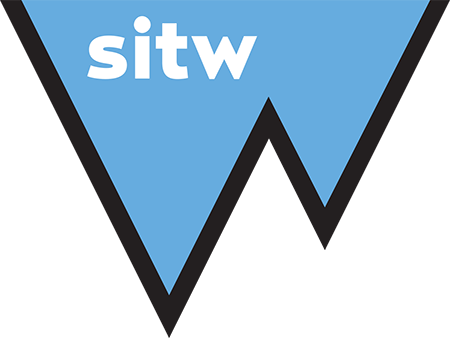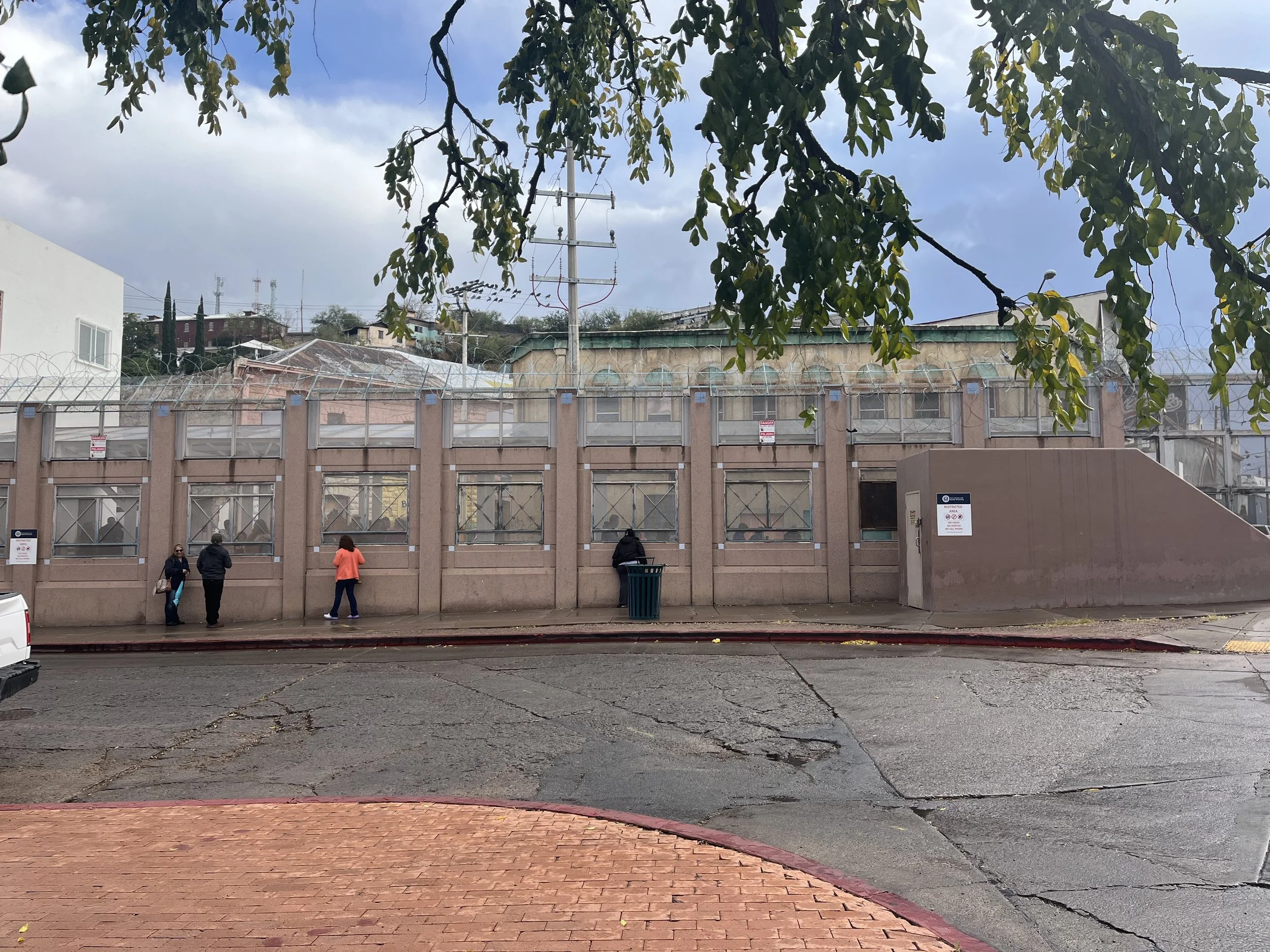Blades dip and slice through the reflection of a sky mirror. Paddle strokes synchronously push through blue waters and a small fleet of three carefully crafted wood canvas canoes rhythmically make their way down the endless waters of Lac La Croix it is ongoing like a river. It’s 6am on a seemingly ordinary July morning in the Boundary Waters Canoe Area Wilderness. The day of the week or date is unknown, it’s not needed. What is known is the perfection of sky’s reflection on the glassy lake. Both to the right and left are pine forest shorelines mostly made of red and white pines. Glancing at the map, campsites are marked by red dots, portages between lakes with a dainty red dashed line, and there is a black bolded line splitting down an ever so precise but random path through Lac La Croix and the same east to west chain of water. This is the border line. Lac La Croix extends its waters to international shores on one side are Canadian trees, the other American. A successful division on paper, but the map overlooks water’s fluidity. After all, it’s all just water and trees in this land of lakes and rivers.
Running far away in a place where water scarcely flows, there is a line drawn of similar stature. The line here is real, drawn on map and land. The border is unstoppable and halt you must. A steel curtain where flint first meets steel, rusted fence rods stake into the flesh of the land and razor wire scars bleed a river of reverence. It linearly moves with a sense of infiniteness. Flat desert stretches into the horizon like endless lake water and time moves slow. A thin margin of life, the dry desert here embodies typical characteristics of physical division. Face to face with sky-scraping metal ties, you will feel small. But fluidity remains. People move. The yucca grows between bars, wind blows rock to sand blown cross counties and the desert remains the same. Differences stand bold as byproducts of humanity defining the separation of region needed only to serve the orders of power.
Paddling along Lac La Croix on an unknown July morning you know exactly where you are with a map in your lap. Up and around an island and you can watch a teeter movement back and forth to either side of the bolded black line. Traveling the border route east to west passing back and forth of the border line is frequent, but it doesn’t really matter. Water is fluid. There is a privileged ability to ignore such dividing constructs. The observation of the border is one that is done only when demanded of such constructs.
A shiny thing lies on shore, it is human made. An alien object to the wilderness. Upon inspection it is 6 inches tall, made of a shiny silver, and reads on one of four sides “United States of America”. These small monuments are built into the land every 15 or so miles marking the border. They stand out once you notice them. One of the few things making the border known in a place where a border serves no real purpose. It is a reminder of division in a place where life moves freely flourishing as fluid as the water.
People flow like a river. Below a looming wall of steel, cemented in desert like a dam to a channel, there is a bustling traffic crossing back and forth, a routine. It is a passing similar yet vastly different to being seated in canoe on water weaving along a seemingly imaginary line. It is a tight run ship. Nothing goes unseen on the Mexican border.
A river of people moves carrying a will to live in peace, safety and with dignity. The border division erodes dignity away to the flow of water, compromised to the value of a person’s citizenship or the daily work of low paying jobs. A literal river has a tributary, a mouth, a sea, an ocean- for a river of refugees there are pulls of safety, safer, and safest. Families hold together like clay and children are raised on both sides, raised to rise above walls. Youthful ignorance is bliss at the border.
Life grows like vines rising on the wall not to be tamed to either side. The San Pedro River chases channel North crossing into the U.S. from its headwaters in Mexico. Attempts to bind are bound to fail, water refuses to obey by constricting lines. Only constricting to the narrowing of channel’s constriction and obstruction. The story of rivers in the southwest is largely a story of rivers no more. The San Pedro River is one of the last free flowing rivers in the region and with construction ongoing to continue a border wall across river it’s flow would join the masses of rivers no longer free flowing. At crossing a border is a clot in a river’s vein. However, water is alive, water is doing things. Floods and meanders pose challenges against the division of a border and life sustains fluidity.
Mitochondrial DNA is a river that carries the ancestral mother lines in the living wherever we go. A small grey cat with yellow eyes born from the alleyways of Nogales navigates a maze of feet plodding its way through border traffic. The boots of patrol agents on duty and mother’s slip-ons with children’s sneakers homegoing are all the same to the cat. It travels between bars and through chaos, blind to the international border that lie at its paws.
Not all creatures have the same agency as this cat. Preserving migration corridors for migratory species is critical in the sky islands border region. Jaguars, monarchs, and bats are among some of the creatures most at risk due to the division of the border wall. Life is fluid and its persistence on either side of a border serves as a reminder that borders are human constructs of division. But the Jaguar cannot fly. Blocked by the border wall they are unable to fulfill the Northen most part of their migration north.
Given wings and you are given freedom. Wrong. The birds still see the line as they fly cross this land. The playful bat searches for a sugar rich agave flower to feed upon. In turn the agave is pollinated in a perfect relationship of give and take. Bats on either side of the steel curtain border face an imbalance of food availability due to differences in regulations surrounding the use of agave in agriculture and production of tequila, mezcal, and baccara in Mexico and the U.S.
Only when they have no other choice do geology and life obey by physical borders. Border systems surround us; international borders are marked to the extreme even in places where a border serves little significance, stateliness cut and divide a country, even fences mark the simplest of borders. When visiting a wildlife refuge should you expect to see a barbed wire fence along the perimeter, when walking the trails wonder how the animals move through these fences. The land is the same on either side of a wall, fence, road or small metal border monument, life persists. Borders serve to humans a creation of division on either side. And to the animals and land, create unnecessary hurdles to life.



